Blogs & News
We are focus on automotive wiring harness & connectors technology.
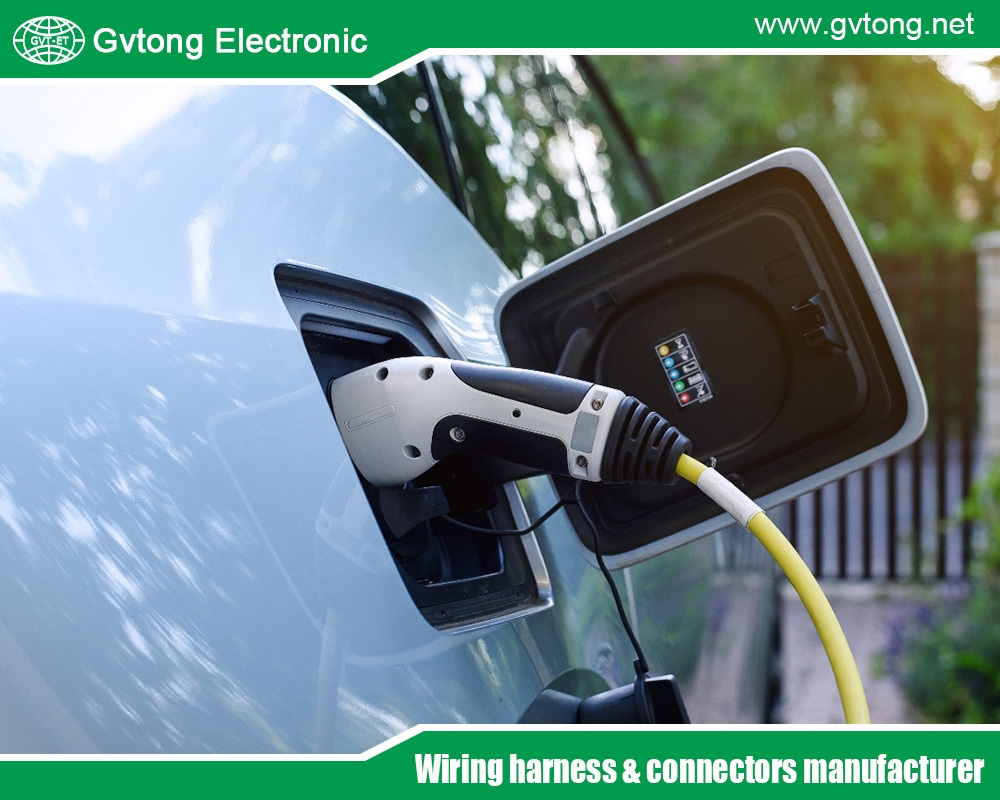
The Application of High-Quality Automotive Vibration Resistance
- Gvtong Electronic
- Anti-vibration automotive connectors, automotive data connector, automotive diagnostic connector, automotive hybrid connector, automotive optical fiber connector, Automotive shielded connectors, automotive vibration - resistant, Automotive Vibration Resistance, Automotive Vibration Resistance Manufacturer, Automotive Vibration Resistance Supplier, automotive waterproof connectors, Blind-mate automotive connectors, Customized Busbar, Customized sensor components, Customized Structural Parts, Energy Storage Wire, GA Series-Aviation Plug Connectors, GB Series-Energy Storage Connectors, GD Series-Combined Power Connectors, GE Series-Signal Connectors, GF Series-Floating Connectors, GH Series-Plastic Connectors, GM Series-Metal Connectors, GR Series-Circular Connectors, GT Series Connectors - others, GVTong Model Connectors, High Pressure Connectors, High Pressure Wire, High-Quality Automotive Vibration Resistance, High-speed data connectors, High-temperature resistant connectors, Industrial Control Connectors, Low Pressure Connectors, Low Pressure Wire, Low-contact resistance connectors, Medical Wire, Modular automotive connectors, Oil-resistant automotive connectors, Precision injection molding/coated parts, Wind And Solar Storage, Wiring harness
- No Comments
The Application of High-Quality Automotive Vibration Resistance
Automobiles are remarkable feats of engineering, blending efficiency, performance, and comfort to transport us across vast distances. Yet, beneath their sleek exteriors, they contend with a variety of forces that can disrupt their operation—one of the most pervasive being vibrations. These oscillations arise from multiple sources, such as the engine’s relentless power, the uneven terrain of roads, or the vehicle’s own dynamic movements. Automotive vibration resistance—the ability to withstand and minimize these vibrations—is a cornerstone of modern vehicle design. It ensures occupant comfort, enhances vehicle longevity, and maintains optimal performance.Vibration resistance is far more than a luxury feature; it’s a necessity that influences every aspect of a car’s functionality. In the early days of automotive history, vibrations were a significant challenge, rattling passengers and straining rudimentary mechanical systems. Today, thanks to advancements in engineering and technology, manufacturers have developed sophisticated methods to tame these disruptive forces. From rubber engine mounts to cutting-edge active suspension systems, the tools of vibration resistance are as diverse as they are effective. This article dives deep into the world of automotive vibration resistance, examining where vibrations come from, how they impact vehicles and passengers, and the innovative strategies used to combat them. We’ll also explore how this field is tested and what the future holds for smoother rides.
 Sources of Vibration
Sources of Vibration
Vibrations in automobiles stem from a variety of sources, each presenting unique challenges to engineers. Understanding these origins is the first step in designing effective resistance strategies.
- Engine: The heart of most vehicles, especially those with internal combustion engines (ICE), is a major vibration generator. The rapid cycling of pistons, crankshafts, and valves produces oscillatory forces. In a four-stroke engine, cylinders fire in a rhythmic sequence, creating impulses that peak at certain speeds—known as resonant frequencies—where the engine’s natural oscillation aligns with these forces, amplifying vibrations.
- Road Surface: The external environment plays a significant role, as uneven roads, potholes, and bumps transfer vibrations through the tires and suspension to the vehicle’s frame. The intensity varies with road quality and driving speed; a smooth highway generates minimal disturbance, while a gravel path can shake a car considerably.
- Vehicle Dynamics: A car’s own movements—acceleration, braking, and cornering—introduce vibrations. Rapid acceleration can twist the chassis under engine torque, while sharp braking compresses and rebounds the suspension, setting off oscillations. These dynamic shifts highlight the interplay between a vehicle’s components.
- Transmission and Drivetrain: Gears, shafts, and couplings within the transmission system can produce vibrations if misaligned or unbalanced. Gear meshing generates high-frequency tremors, while an unbalanced driveshaft might cause a low-frequency rumble felt throughout the vehicle.
- Tires and Wheels: Imperfections like uneven wear or imbalance in tires and wheels lead to vibrations, often noticeable as a steering wheel “shimmy” at specific speeds. These issues underscore the importance of regular maintenance.
Beyond these primary culprits, secondary sources like aerodynamic forces at high speeds or accessory operations (e.g., air conditioning compressors) can contribute to the vibration mix, albeit to a lesser extent.
Effects of Vibration
The consequences of unchecked vibrations ripple through both the vehicle and its occupants, affecting performance, durability, and comfort.
- Component Wear: Persistent vibrations accelerate the degradation of mechanical parts. Bolts may loosen, seals can crack, and bearings wear out faster, leading to costly repairs and reduced reliability. Over time, this wear compromises the vehicle’s structural integrity.
- Occupant Comfort: For passengers, vibrations translate to discomfort, fatigue, or even motion sickness. A bumpy ride detracts from the driving experience, particularly in luxury vehicles where smoothness is a prized attribute.
- Noise Generation: Vibrations often produce audible disturbances—engine hums, rattling panels, or exhaust drones—that diminish the cabin’s tranquility. This noise not only annoys but also lowers the perceived quality of the vehicle.
- Performance Degradation: Severe vibrations can impair handling and stability, posing safety risks. For example, excessive steering system shake can hinder control, especially at high speeds. In modern cars, vibrations may also disrupt sensitive electronics and sensors critical to advanced features like lane-keeping or adaptive cruise control.
These effects highlight why vibration resistance is a priority in automotive engineering, balancing practical durability with the human experience.
Methods of Vibration Resistance
To counter vibrations, engineers employ a blend of passive and active techniques, leveraging materials, design, and technology. Here’s how they do it:
- Engine Mounts: These components isolate engine vibrations from the chassis. Typically made of rubber or hydraulic materials, modern mounts absorb oscillations effectively. Some high-end designs incorporate electromagnetic actuators to actively counteract vibrations, adapting to varying engine conditions.
- Suspension Systems: The suspension—comprising springs, shock absorbers, and struts—acts as a buffer against road-induced vibrations. Traditional systems provide a fixed balance of comfort and handling, but adaptive suspensions adjust damping in real-time, responding to road conditions for a smoother ride.
- Vibration Dampers and Isolators: Strategically placed in areas like the exhaust or steering column, these devices—often rubber bushings or tuned mass dampers—reduce vibration transmission. They target specific frequencies to neutralize disruptive oscillations.
- Structural Design: A stiff, flex-resistant chassis minimizes vibrations. Engineers use high-strength steel, aluminum, or composites, optimizing shapes via tools like finite element analysis (FEA) to enhance rigidity without adding excessive weight.
- Balancing and Alignment: Precision balancing of rotating parts—wheels, driveshafts, and crankshafts—eliminates vibration triggers. Regular alignment checks during manufacturing and maintenance keep these components in harmony.
- Active Systems: Cutting-edge vehicles employ active technologies like electronic stability control or active suspension. These systems use sensors and actuators to detect and counteract vibrations instantly, offering a dynamic defense against road and dynamic disturbances.
Passive methods like mass dampers—weights tuned to offset specific frequencies—complement these active solutions, creating a multi-layered approach to vibration control.
Testing and Measurement
Ensuring automotive vibration resistance requires rigorous evaluation. Manufacturers use a combination of physical tests and simulations to validate their designs:
- Shaker Tests: Vehicles or components are mounted on shaker tables that replicate a range of vibration frequencies and intensities. This controlled environment reveals how well systems withstand simulated conditions.
- Road Tests: Real-world trials on test tracks with rough surfaces, potholes, and curves assess performance under actual driving scenarios. These tests bridge the gap between lab results and practical outcomes.
- Instrumentation: Accelerometers and sensors placed throughout the vehicle measure vibration levels, providing data for analysis. This feedback guides refinements in design and materials.
Computer simulations, increasingly vital, model vibration behavior before prototypes are built, saving time and resources while optimizing resistance strategies.
Future Trends
The automotive industry’s evolution is reshaping vibration resistance, driven by new technologies and shifting priorities:
- Electric Vehicles (EVs): Unlike ICEs, electric motors produce higher-frequency vibrations due to their smooth, rapid operation. This shift demands tailored mitigation, such as refined motor mounts or advanced dampers, to address these unique characteristics.
- Advanced Materials: Smart materials and metamaterials—capable of adapting their properties—promise superior vibration absorption. These innovations could revolutionize how cars dampen oscillations, offering lightweight, efficient solutions.
- Autonomous Vehicles: Self-driving cars prioritize passenger comfort, as occupants may read or relax rather than drive. Enhanced vibration resistance becomes critical to meet these expectations, pushing the development of ultra-smooth systems.
- Integration with IoT: The Internet of Things (IoT) enables real-time vibration monitoring. Connected sensors could adjust suspension or dampers on the fly, responding to road changes instantly for an optimized ride.
Research into artificial intelligence (AI) and machine learning also hints at predictive vibration control, where systems anticipate and neutralize oscillations before they fully manifest.

Conclusion
Automotive vibration resistance is a complex, multifaceted challenge that blends mechanical ingenuity, materials science, and cutting-edge technology. It’s about more than just silencing rattles or smoothing bumps—it ensures vehicles last longer, perform better, and keep passengers comfortable and safe. As cars evolve, from electric powertrains to autonomous designs, the demand for effective vibration management grows ever more critical.The journey from early, shaky automobiles to today’s refined machines showcases the industry’s commitment to this field. Looking ahead, innovations like smart materials, IoT integration, and AI-driven systems promise to elevate vibration resistance further, delivering rides that are not only efficient but also exceptionally serene. By mastering the sources and effects of vibrations and deploying creative solutions, the automotive world continues to steer toward a future where every journey is a smooth one.
For more about the application of high-quality automotive vibration resistance, you can pay a visit to Gvtong at https://www.gvtong.net/ for more info.
Recent Posts
How Automotive Multi-Pin Connectors Work?
How Modular Automotive Connectors Power the Modern Automotive Revolution
Tags
Recommended Products
-
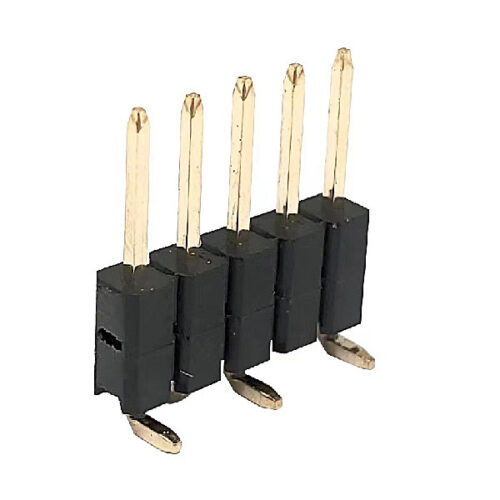
Industrial control pin header
-
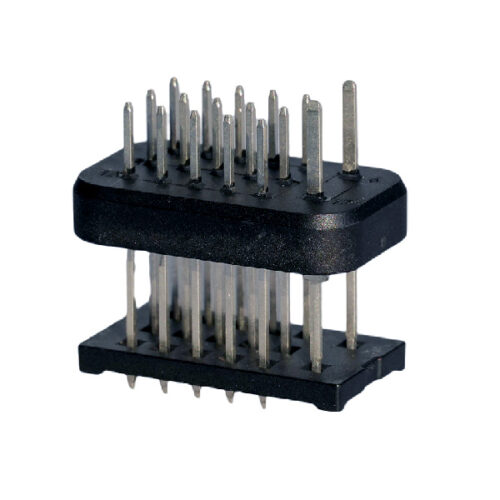
GE Series-17PIN Signal Connector
-
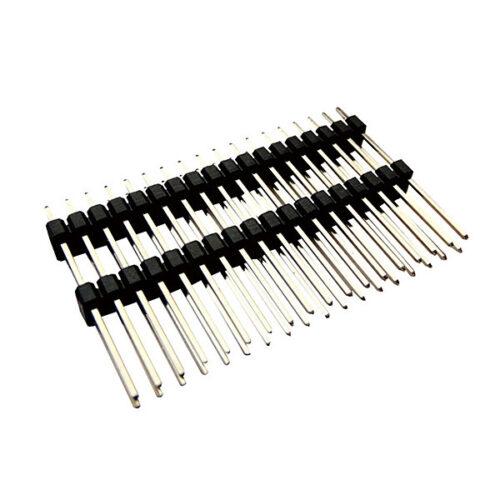
Pin header and female header
-
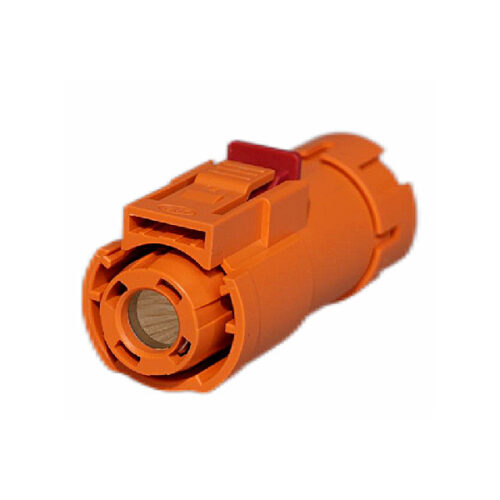
GH800 Series-1-core plastic high voltage connector
-
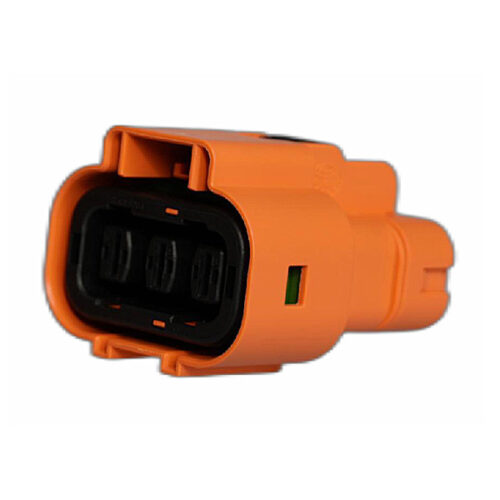
H630 Series-3-core plastic high voltage connector
-
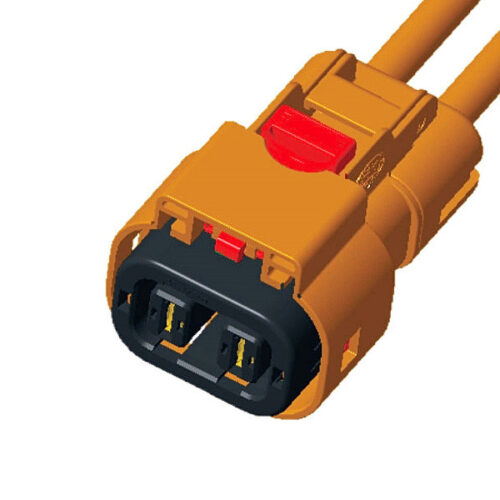
Connector plug+socket-GH630 series-2P
-
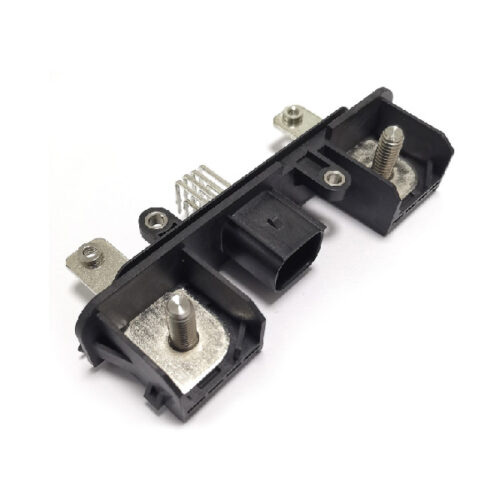
GD Series – Automotive Combined Power Connector – 2+8 Pin Hybrid Power Connector 150A 500V DC IP67 Waterproof
-
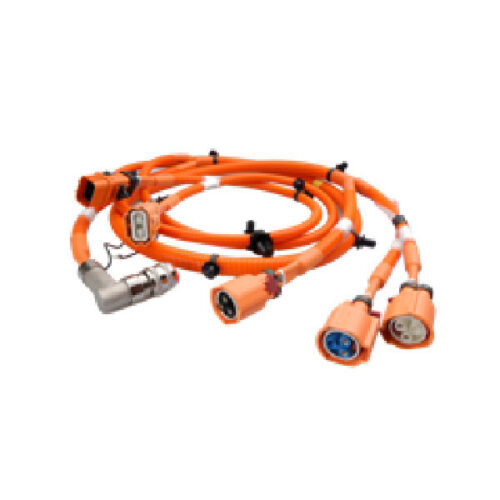
High voltage harness
